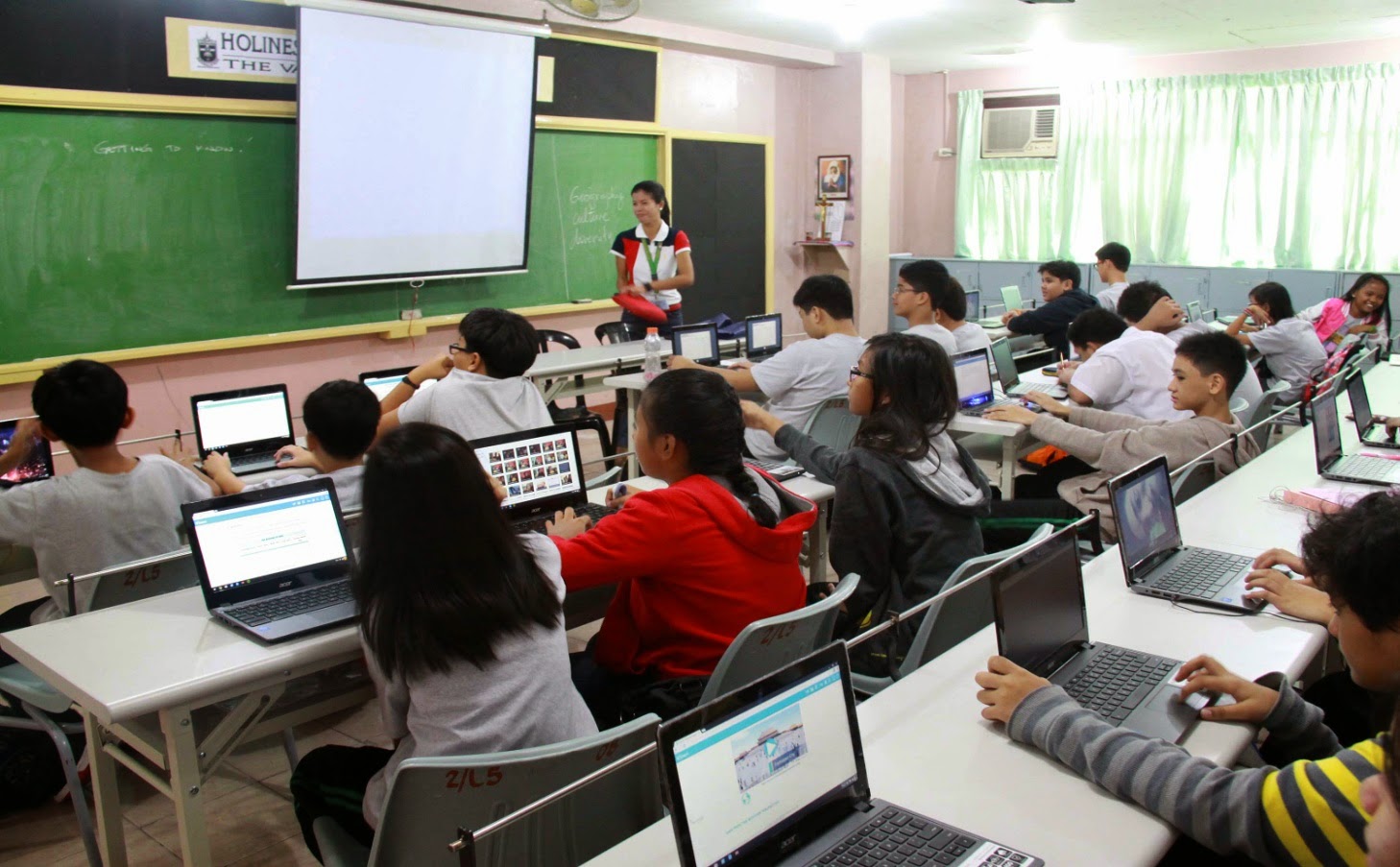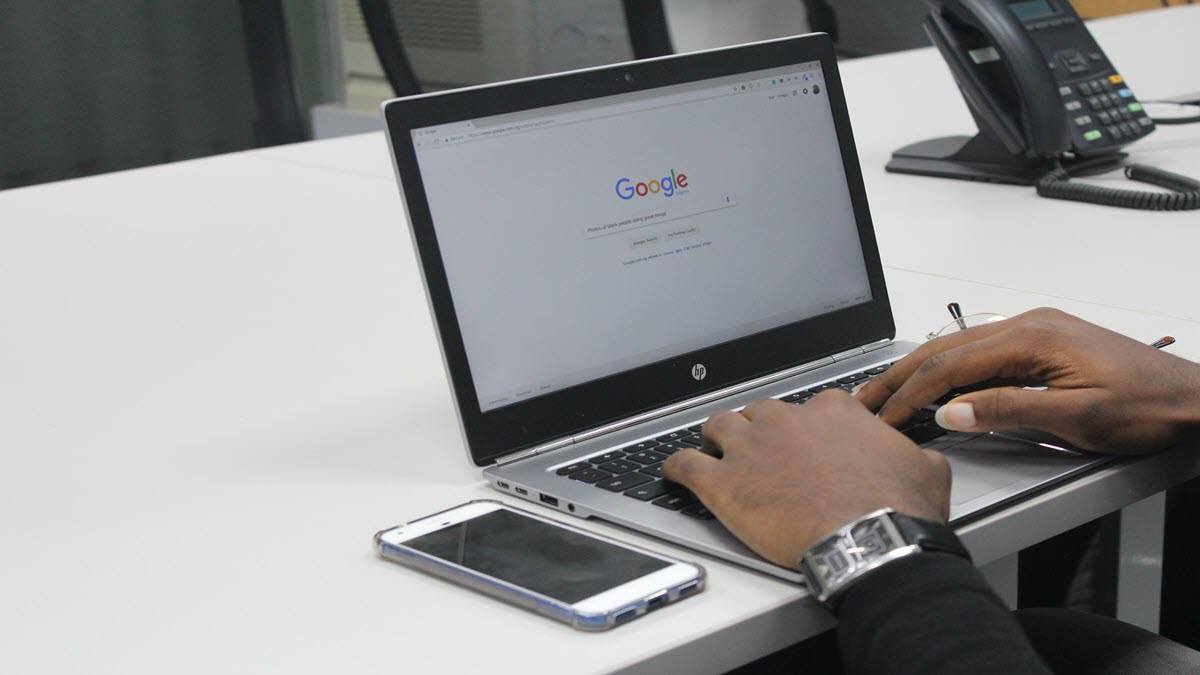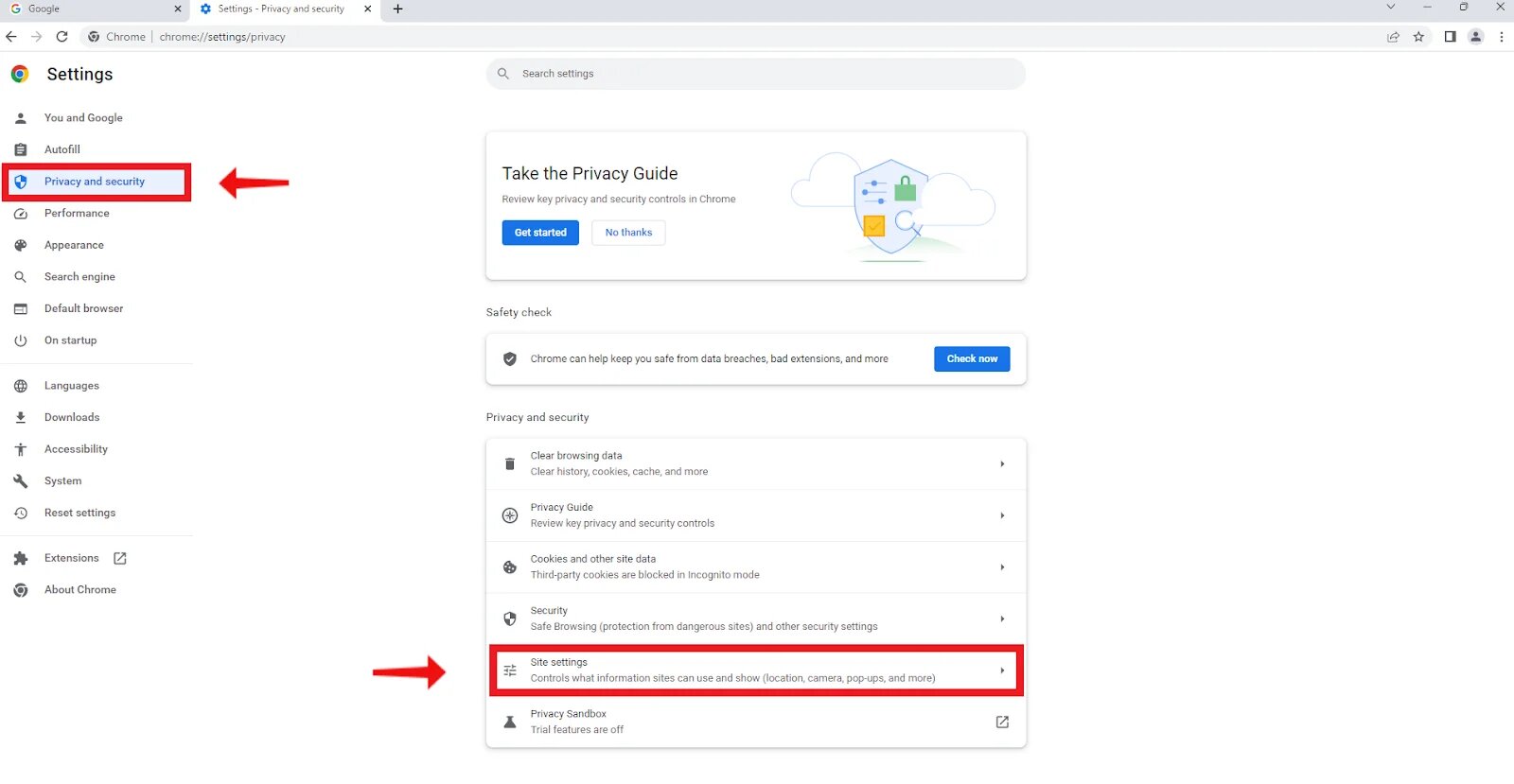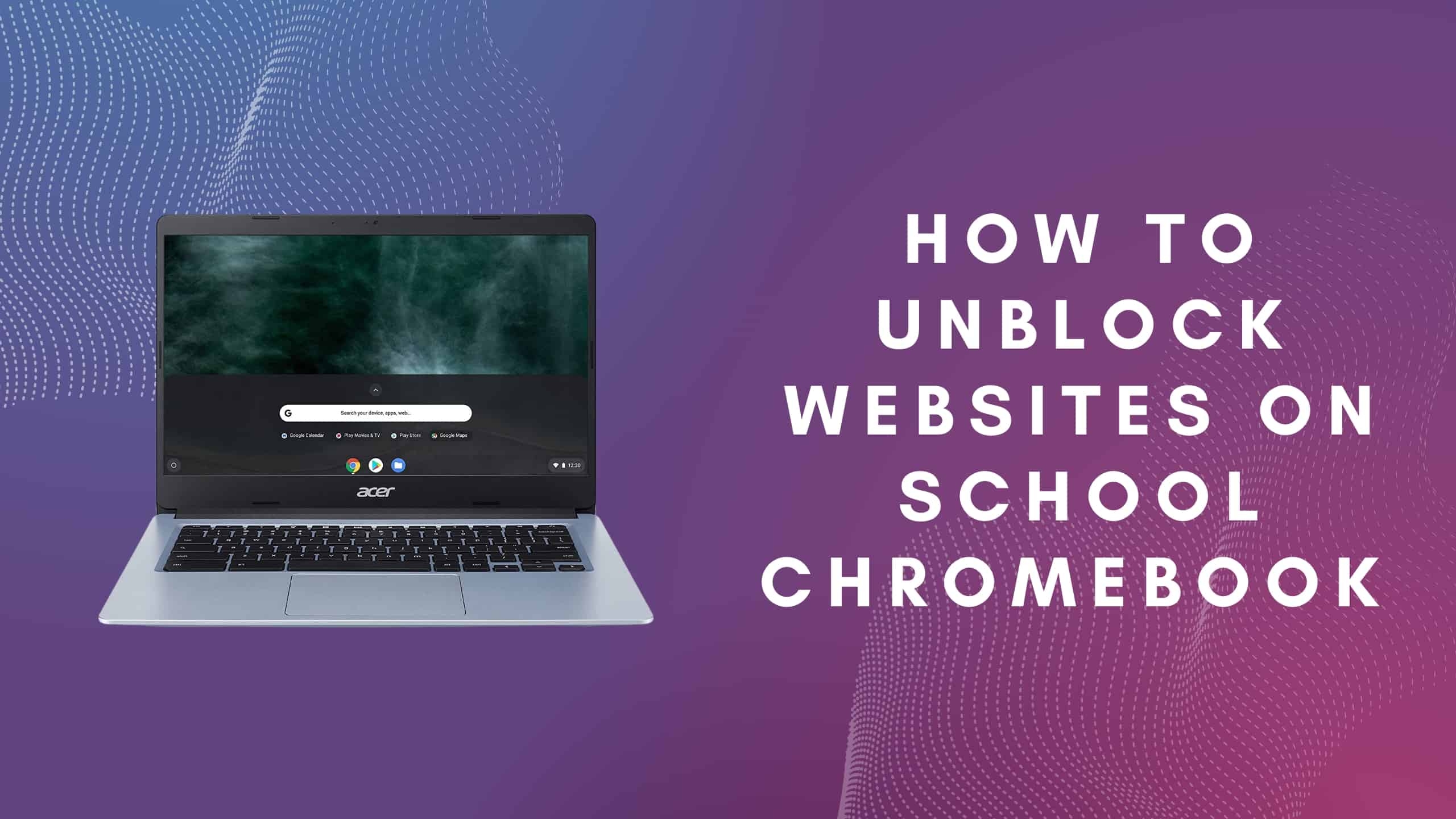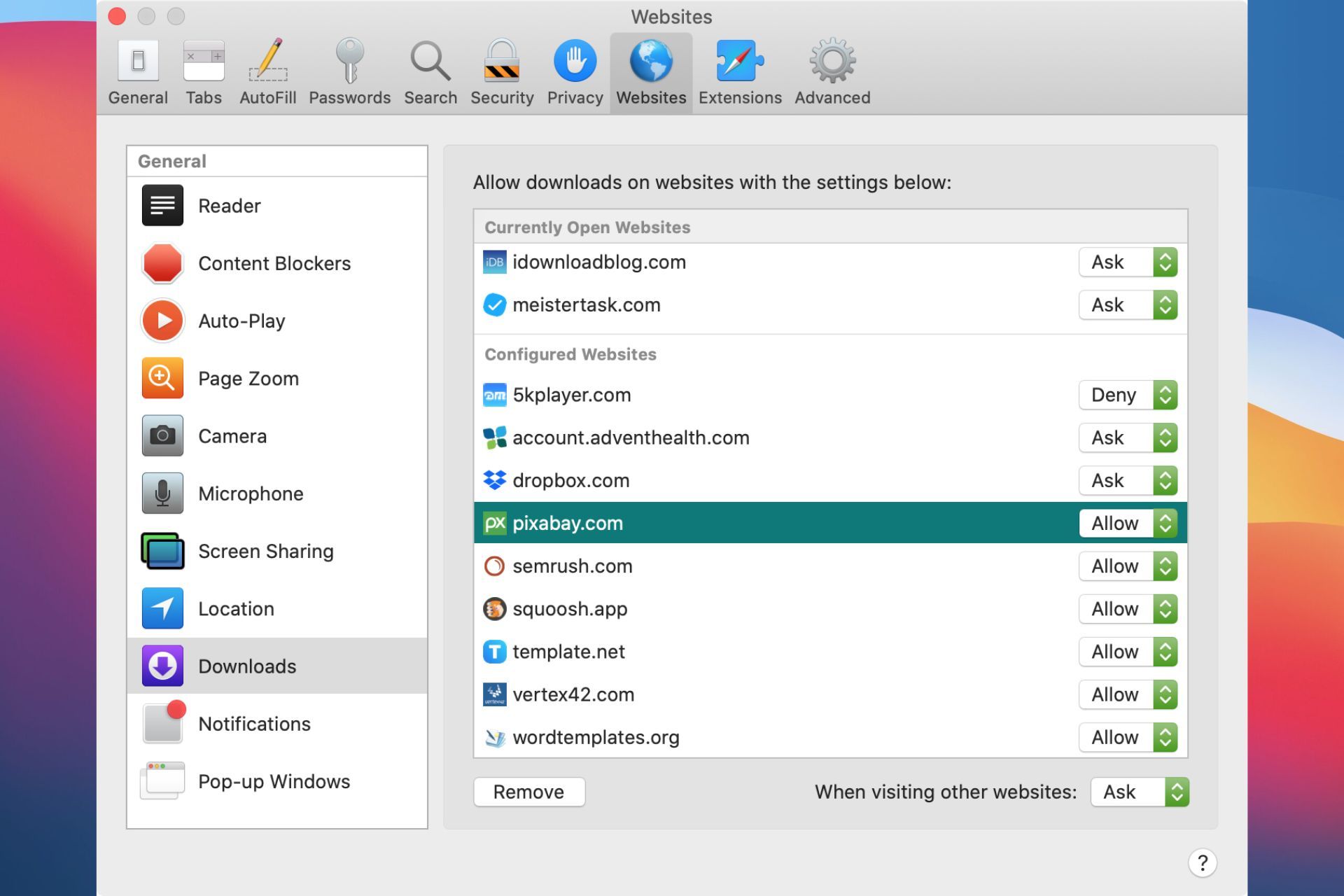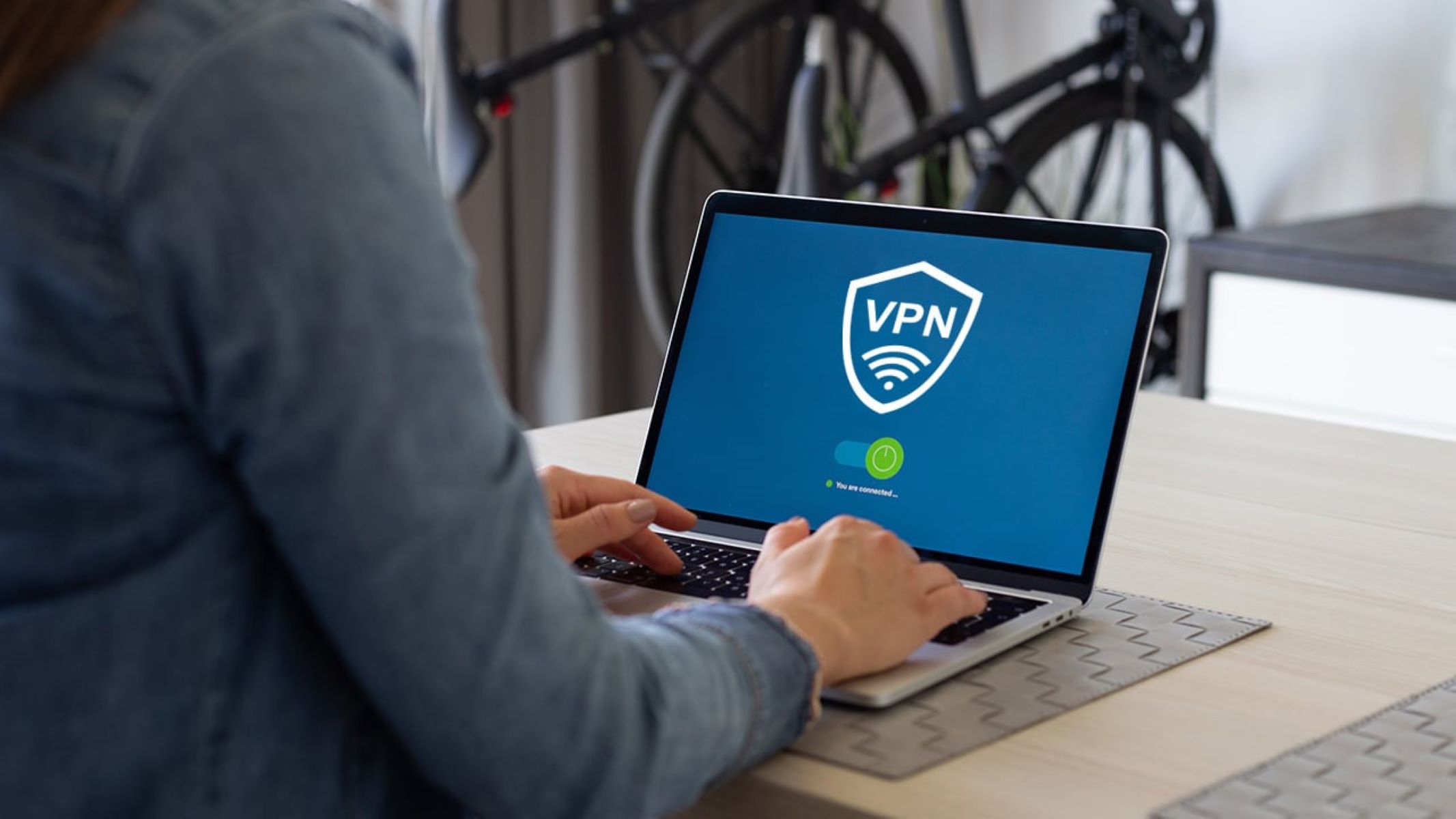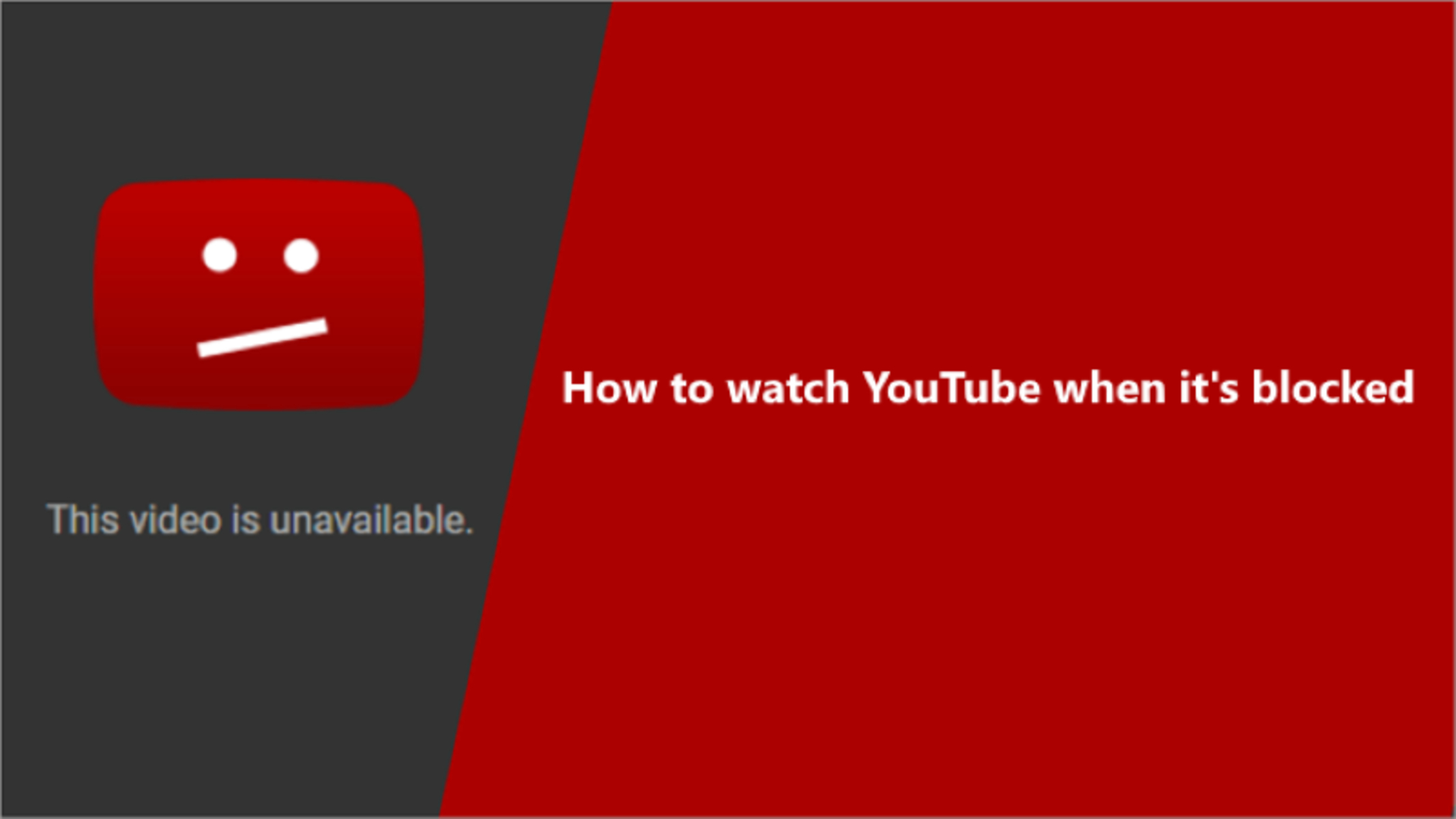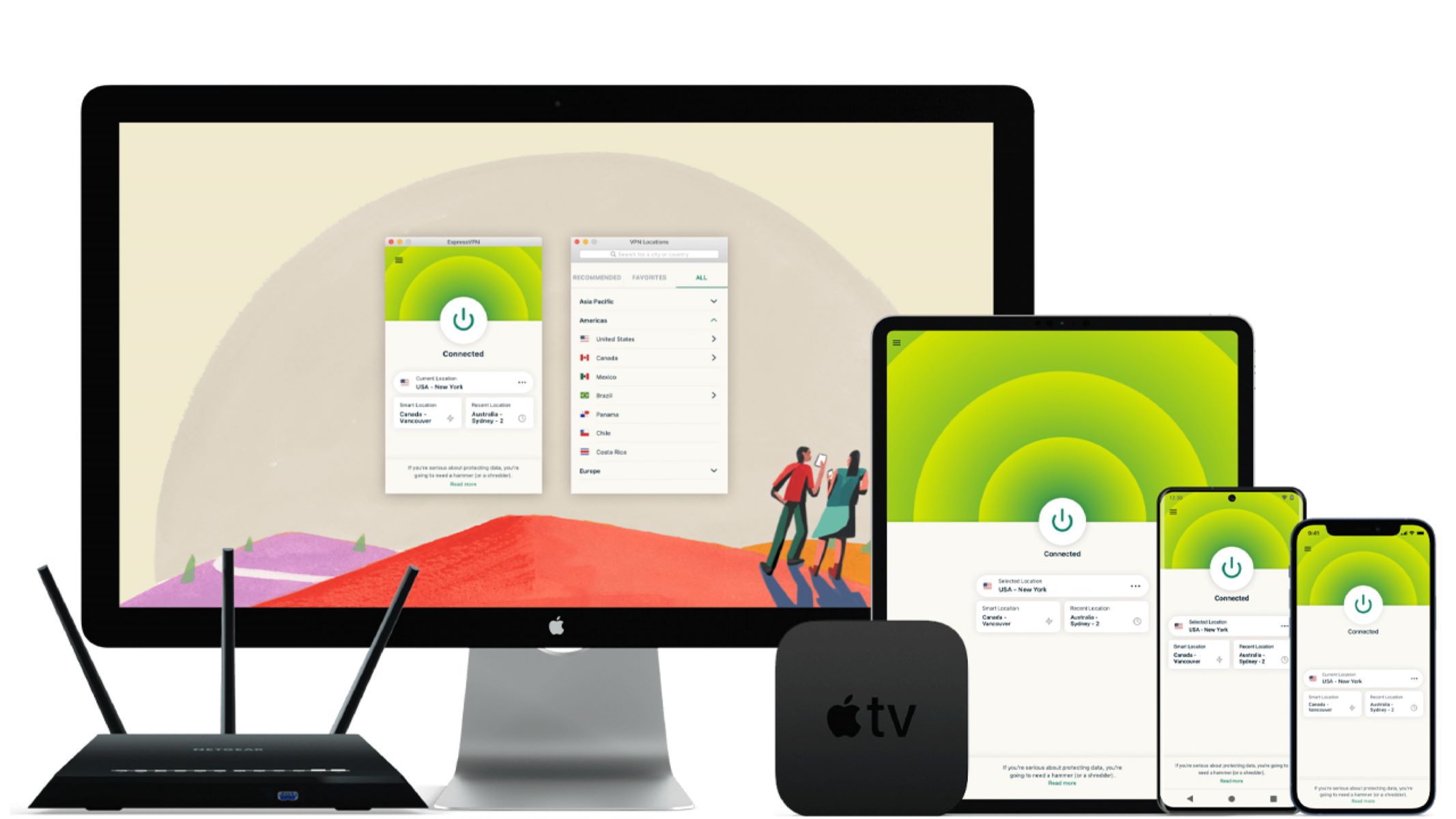Introduction
Proxy servers have become a common tool for individuals seeking to bypass content restrictions and maintain their privacy online. These servers act as intermediaries between a user’s device and the internet, allowing them to access websites anonymously by masking their IP address. Despite their potential benefits, many schools choose to block access to proxy servers as part of their internet filtering policies. This decision is often made to ensure a safe and controlled online environment for students.
Proxy servers can be used for a variety of reasons, such as accessing blocked websites, bypassing network restrictions, or maintaining anonymity. However, this conflicts with the rules and guidelines established in educational institutions, where administrators aim to provide a secure online environment that fosters learning.
While there are legitimate reasons to block proxy servers at school, some students may feel restricted in their access to information and resources. As schools adopt more digital learning methods and students rely on online resources for research and education, finding ways to unblock proxy servers becomes essential for those seeking an expanded internet experience.
In this article, we will explore the reasons behind proxy server blocking at school, examine the risks and benefits of using proxies, discuss the legal implications of bypassing proxy servers, and provide various methods to unblock proxy servers at school. By understanding the intricacies of proxy servers and the potential solutions available, students can make informed decisions regarding their internet usage within the boundaries set by their educational institutions.
Understanding Proxy Servers
Proxy servers serve as intermediary servers between a user’s device and the internet. When a user requests to access a website through a proxy server, the server forwards the request on behalf of the user, masking their IP address and providing them with anonymity. This process allows users to bypass various network restrictions and access blocked content.
Proxy servers work by creating a separate network connection and acting as a barrier between the user’s device and the websites they wish to visit. The user’s device sends its request to the proxy server, which then fetches the requested content and sends it back to the user. From an outside perspective, it appears as though the request is originating from the proxy server rather than the user’s device.
There are different types of proxy servers, including web proxies, which can be accessed through a web browser, and VPN (Virtual Private Network) proxies, which require specialized software or apps. Both types serve the same purpose of routing and requesting internet traffic on behalf of the user, but VPN proxies offer an added layer of encryption and security.
Proxy servers offer several benefits. They provide users with the ability to bypass geolocation restrictions, enabling access to regionally blocked content. They also offer a level of anonymity by masking the user’s IP address, making it more difficult for websites to track their online activity. Additionally, proxy servers can enhance internet speed by caching frequently accessed websites and reducing the load on the user’s device.
However, proxy servers also come with certain risks. Since all internet traffic passes through the proxy server, there is a potential risk of the server logging and storing user data. This can compromise the user’s privacy if the server is not trustworthy or secure. Additionally, proxy servers can be used for malicious purposes, such as distributing malware or engaging in illegal activities.
While understanding the basics of proxy servers is crucial, it is even more important to recognize the reasons behind their blocking in school networks. By acknowledging the motivations behind these restrictions, students can better navigate the challenges they face when attempting to access proxy servers while still adhering to their school’s policies.
Reasons for Blocking Proxy Servers at School
Blocking access to proxy servers has become a common practice in educational institutions. Schools have various reasons for implementing these restrictions, which aim to create a safe and controlled online environment for students. Understanding these reasons can shed light on the motivations behind blocking proxy servers:
- Security and Filtering: One of the primary reasons for blocking proxy servers is to maintain a secure network and protect students from potential security threats. Proxy servers can bypass network filters and allow access to inappropriate or harmful content. By blocking proxy servers, schools can maintain control over the content that students can access, ensuring their safety and well-being online.
- Bandwidth Management: Proxy servers can consume a significant amount of network bandwidth, especially when numerous students use them simultaneously. This can cause slow internet speeds and disrupt the overall network performance, affecting educational activities that require a stable and reliable internet connection. Blocking proxy servers helps schools manage bandwidth more effectively, ensuring that all students have equitable access to online resources.
- Compliance with Content Restrictions: Schools often have content restrictions in place to comply with legal and ethical obligations. This includes blocking access to websites that contain explicit or inappropriate content, as well as those that promote violence, hate speech, or illegal activities. Proxy servers can bypass these content filters, making it challenging for schools to enforce their guidelines. Blocking proxy servers helps schools ensure compliance and create a positive online environment for students.
- Maintaining Productivity: Schools aim to provide an environment conducive to learning and productivity. Proxy servers can be a distraction for students, diverting their attention from educational tasks and assignments. Blocking proxy servers helps to reduce distractions and keep students focused on their academic responsibilities.
- Legal and Liability Concerns: Allowing access to proxy servers may expose schools to legal and liability concerns. Proxy servers can be used for illegal activities such as hacking, copyright infringement, or cyberbullying. By blocking proxy servers, schools take steps to mitigate these risks and protect themselves from potential legal consequences.
It is important for students to understand that these reasons are designed to maintain a secure, productive, and controlled online environment. While some may feel restricted by the limitations imposed by blocking proxy servers, it is crucial to respect and abide by their school’s policies and guidelines to ensure a positive educational experience for all.
Risks and Benefits of Using Proxy Servers at School
Proxy servers offer both risks and benefits when used at school. It is important to be aware of these factors to make informed decisions about utilizing proxy servers:
Risks:
- Bypassing Content Filters: Proxy servers can bypass content filters implemented by schools to protect students from accessing inappropriate or harmful content. By circumventing these filters, students may expose themselves to content that is not suitable for their age or education level.
- Security and Privacy Concerns: Using proxy servers can pose security risks, as it involves sending internet traffic through third-party servers. If the proxy server is not properly secured, it may log user data or be vulnerable to hacking attempts, compromising the user’s privacy and sensitive information.
- Potential for Malicious Activities: Proxy servers can be used for malicious purposes, such as distributing malware or engaging in illegal activities. Students should be cautious when using proxy servers, as their activities may inadvertently contribute to cybercrimes or compromise the integrity of the school network.
- Violation of School Policies: Using proxy servers may violate school policies and guidelines regarding internet usage. This can result in disciplinary action, such as loss of internet privileges or other consequences determined by the school administration.
Benefits:
- Access to Blocked Content: Proxy servers provide opportunities to access blocked websites or resources that may be restricted by the school’s content filters. This can be beneficial when students require access to educational materials or when exploring diverse perspectives on a given topic.
- Anonymity and Privacy: Proxy servers offer a level of anonymity by masking the user’s IP address, making it more challenging for websites to track their online activity. This can be valuable for students who want to protect their privacy and maintain a certain level of anonymity while browsing the internet.
- Increased Freedom of Information: Proxy servers can expand students’ access to a wider range of information and resources beyond what is approved in the school’s network. This can enhance their research capabilities and promote independent, self-directed learning.
- Overcoming Geolocation Restrictions: Proxy servers enable students to bypass geolocation restrictions, allowing them to access region-specific content or websites that may provide valuable educational resources that are otherwise unavailable.
It is crucial for students to weigh the risks and benefits of using proxy servers at school. While there are potential advantages in terms of accessing information and protecting privacy, it is essential to exercise caution, follow school policies, and prioritize safety and security. Exploring alternative solutions that align with the school’s guidelines may be a more appropriate approach to accessing restricted content or resources.
Legal Implications of Bypassing Proxy Servers at School
Bypassing proxy servers at school may have legal implications that students should be aware of. While it is essential to understand the potential consequences, it is essential to consult with legal professionals for specific advice related to your jurisdiction or circumstances. Here are a few general considerations:
- Violation of School Policy: Bypassing proxy servers typically goes against school policies and guidelines regarding acceptable internet usage. Infringing upon these policies can result in disciplinary action, such as loss of privileges, academic consequences, or other penalties determined by the school administration.
- Intellectual Property Rights: Accessing and distributing copyrighted materials without proper authorization is illegal. Bypassing proxy servers to access and share copyrighted content, such as movies, music, or software, not only violates school policies but can also lead to legal repercussions.
- Cyberbullying and Harassment: Bypassing proxy servers can inadvertently contribute to cyberbullying or online harassment. Engaging in such activities can have severe legal consequences, as they infringe on the rights and well-being of others and can lead to charges related to harassment, defamation, or invasion of privacy.
- Hacking and Unauthorized Access: Using proxy servers to bypass network restrictions or gain unauthorized access to sensitive information is illegal. Engaging in hacking activities, attempting to manipulate network settings, or breaching system security measures can result in criminal charges and legal consequences.
- Privacy Laws and Consent: Bypassing proxy servers may compromise the privacy rights of individuals. It is essential to understand the legal obligations related to obtaining consent when accessing or sharing personal information of others, especially when bypassing security measures.
Students must recognize the importance of respecting and complying with legal and ethical standards when using the internet at school. It is crucial to familiarize oneself with school policies, local laws, and regulations governing online behavior and to err on the side of caution. Engaging in responsible and ethical internet usage not only avoids legal implications but also fosters a safe and respectful online environment for all.
How to Unblock Proxy Servers at School
Although schools often implement measures to block access to proxy servers, there are ways that students can attempt to unblock them. However, it is essential to note that attempting to bypass school network restrictions may violate school policies and could have consequences. It is crucial to consider the potential risks and legal implications before proceeding. Here are some methods students can explore:
- Method 1: Use a VPN: A Virtual Private Network (VPN) encrypts internet traffic and routes it through a secure server, effectively bypassing network restrictions. Students can install a VPN application on their devices and connect to a server outside the school network, allowing them to access blocked proxy servers.
- Method 2: Utilize Proxy Websites: Proxy websites act as intermediaries, allowing users to access blocked content without directly connecting to the proxy server. Students can search for reliable proxy websites and enter the desired URL to access blocked proxy servers.
- Method 3: Configure Browser Settings: Some browsers offer built-in features that allow users to configure proxy settings. Students can explore their browser’s settings to add proxy server addresses or modify existing settings to bypass network restrictions.
- Method 4: Utilize Browser Extensions: Certain browser extensions or add-ons can provide proxy functionality and help bypass network restrictions. Students can search for trusted proxy extensions compatible with their preferred browser and install them to access blocked proxy servers.
- Method 5: Use Tor Browser: The Tor Browser is a secure and anonymous browser that can bypass network restrictions and access blocked proxy servers. By routing internet traffic through a network of volunteer-operated servers, it offers anonymity and the ability to access blocked content.
- Method 6: Obtain Administrative Privileges: In some cases, students with heightened privileges or administrative access to school devices may be able to modify network settings temporarily. However, this method should only be attempted with explicit permission from the school administration.
While these methods may provide a way to access blocked proxy servers, it is crucial to remember that doing so could be against school policies and may have consequences. It is recommended to consult with school administrators or IT personnel to understand the guidelines and regulations regarding internet access and proxy server usage at school. Ultimately, students should prioritize their education, follow school policies, and engage in responsible internet usage.
Method 1: Use a VPN
One effective method for unblocking proxy servers at school is to use a Virtual Private Network (VPN). A VPN creates a secure connection between the user’s device and a remote server, encrypting internet traffic and bypassing network restrictions. Here’s how to use a VPN to unblock proxy servers:
- Research and choose a reputable VPN provider: Look for VPN providers that offer strong encryption, a wide range of server locations, and user-friendly applications. Consider factors such as speed, privacy policies, and compatibility with your device.
- Install the VPN application: Download and install the VPN application on your device from the provider’s official website or app store. Follow the installation instructions provided by the VPN provider.
- Launch the VPN application: Open the VPN application and sign in with your account credentials. Some VPN providers offer free versions with limited features, while others require a subscription.
- Select a server location outside of your school network: VPN applications usually have a list of server locations to choose from. Select a server that is located outside of your school’s network in order to bypass the network restrictions and access blocked proxy servers.
- Connect to the VPN server: Click on the “Connect” button or similar option in the VPN application to establish a connection to the selected server. Wait for the connection to be established, which is usually indicated by a change in the application interface or a notification.
- Verify the VPN connection: Once connected, verify that your internet traffic is being routed through the VPN by checking your IP address. Use online tools or search “what is my IP address” to confirm that your IP address has changed to the location of the VPN server.
- Access blocked proxy servers: With the VPN connection established, you should now be able to access blocked proxy servers. Open your web browser and enter the URL of the proxy server you wish to use. The VPN will encrypt your internet traffic and bypass the school’s network restrictions, allowing you to access the blocked proxy server.
Remember to use a VPN responsibly and in accordance with your school’s policies. While a VPN can help unblock proxy servers, it is important to respect the rules and guidelines established by your educational institution. Be aware that some schools may have measures in place to detect and block VPN usage. Consult with school administrators or IT personnel for guidance on internet usage and VPN policies to ensure that you are using the VPN appropriately.
Method 2: Utilize Proxy Websites
If you’re looking to unblock proxy servers at school, utilizing proxy websites can be an effective solution. Proxy websites act as intermediaries between your device and the blocked content, allowing you to bypass network restrictions. Follow these steps to utilize proxy websites:
- Research reliable proxy websites: Look for reputable proxy websites that are known for their reliability and security. It’s important to choose a proxy website that doesn’t compromise your privacy or expose you to malware.
- Access the proxy website: Using your preferred web browser, enter the URL of the proxy website you have selected. This will redirect you to the proxy website’s interface.
- Enter the desired URL: Once on the proxy website’s interface, you’ll typically find a search bar or URL field. Enter the URL of the proxy server you want to access. This can be the URL of a specific website or the proxy server itself.
- Navigate through the proxy website: Proxy websites often have additional features that can enhance your browsing experience. Take the time to explore the proxy website’s options, which may include the ability to disable JavaScript, manage cookies, or access specific blocked resources.
- Access the blocked proxy server: After entering the desired URL and exploring any additional options, click on the button to proceed or browse the suggested recommendations provided by the proxy website. This will redirect you to the desired proxy server, which you can now access freely.
It’s important to exercise caution when utilizing proxy websites. While they can provide a way to access blocked proxy servers, not all proxy websites are safe or trustworthy. Ensure that you choose reputable proxy websites to minimize the risk of exposing your personal information or encountering malicious content.
Additionally, keep in mind that proxy websites may not be as secure as other methods, such as using a VPN. Your connection may not be encrypted, and the proxy website itself could track your activities. It’s recommended to be mindful of the information you enter and to avoid logging into personal accounts or conducting sensitive transactions while using proxy websites.
Lastly, schools are aware of proxy websites and may take measures to block them as well. If you encounter difficulties accessing proxy websites, it’s best to consult with school administrators or IT personnel to understand the policies and guidelines related to accessing proxy servers at your school.
Method 3: Configure Browser Settings
If you want to unblock proxy servers at school, one method you can attempt is to configure your browser settings. By adjusting the proxy settings in your web browser, you may be able to bypass network restrictions and access blocked content. Follow these steps to configure your browser settings:
- Open your browser’s settings: Launch your preferred web browser and locate the settings menu. This is typically represented by three vertical dots or lines in the top-right or top-left corner of the browser window.
- Select the “Settings” option: In the dropdown menu, click on the “Settings” or “Options” option to access the browser’s settings page.
- Navigate to the “Advanced” or “Advanced Settings” section: Depending on the browser you’re using, you may need to go to the advanced settings area to access the proxy settings. Look for a category labeled “Advanced,” “Privacy & Security,” or a similar name.
- Find the proxy settings: Within the advanced settings section, look for an option related to proxy settings. This may be labeled as “Proxy,” “Network,” “Connections,” or similar. Click on this option to proceed.
- Configure the proxy settings: Depending on your browser, you may have different options to configure the proxy settings. Look for options such as “Manual proxy configuration,” “Use a proxy server,” or “Proxy server settings.” Enter the IP address and port number of the proxy server you wish to use.
- Save and apply the changes: Once you have entered the proxy server details, click on “Save,” “Apply,” or a similar button to save the changes. The browser will now use the configured proxy server for your internet connection.
- Access blocked proxy servers: With the proxy settings configured, you should now be able to access blocked proxy servers. Open your web browser and enter the URL of the proxy server you wish to use. The browser will route your internet traffic through the configured proxy, bypassing the network restrictions set by your school.
It’s important to note that adjusting browser settings to configure proxy servers may not always bypass network restrictions imposed by your school. Some schools employ additional measures that prevent browser-based proxy configurations. If you encounter difficulties or your changes are not taking effect, it’s advisable to contact school administrators or IT personnel to understand the specific policies and guidelines regarding proxy server usage at your school.
Additionally, be aware that modifying browser settings may impact your overall browsing experience and can potentially interfere with other online services or websites. Exercise caution when altering these settings, and if desired, revert back to the defaults after completing your browsing activities through the proxy server.
Method 4: Utilize Browser Extensions
Another method to unblock proxy servers at school is by utilizing browser extensions. These extensions provide additional functionality to your web browser and can help bypass network restrictions. Follow these steps to utilize browser extensions for accessing blocked proxy servers:
- Research trusted proxy extensions: Look for reputable proxy extensions that are compatible with your web browser. Choose extensions that have good ratings and positive user reviews to ensure their reliability and security.
- Install the proxy extension: Visit the browser’s extension store or marketplace and search for the proxy extension you have chosen. Click on the “Install” or “Add to browser” button to add the extension to your browser.
- Configure the proxy extension: Once the extension is installed, it may require some configuration. Follow the instructions provided by the extension developer to set up the proxy server details, such as the IP address and port number.
- Enable the extension: After configuring the proxy extension, enable it by clicking on its icon in the browser’s toolbar or by accessing the browser’s extension menu. This will activate the proxy functionality provided by the extension.
- Access blocked proxy servers: With the extension enabled, you should now be able to access blocked proxy servers. Open your web browser and enter the URL of the proxy server you wish to use. The browser extension will handle the necessary routing of your internet traffic through the proxy server, bypassing the network restrictions imposed by your school.
It’s important to note that browser extensions, including proxy extensions, can introduce potential security risks. Ensure that you choose reputable extensions from trusted sources to minimize the risk of exposing your personal information or encountering malicious content. Additionally, review the permissions requested by the extension and be cautious of extensions that request excessive access to your browsing data or system resources.
Keep in mind that schools may have measures in place to detect and block proxy extensions. If you encounter difficulties or your chosen extension is ineffective, it’s best to consult with school administrators or IT personnel to understand the policies and guidelines related to accessing proxy servers at your school.
Lastly, always consider the ethical implications of using proxy extensions at school. It’s important to adhere to school policies and guidelines regarding internet usage. While these methods may provide a way to access blocked proxy servers, it’s crucial to use such tools responsibly and respect the rules established by your educational institution.
Method 5: Use Tor Browser
To unblock proxy servers at school, one effective method is to use the Tor Browser. Tor is a free and open-source web browser that enables anonymous communication by routing internet traffic through a network of volunteer-operated servers. Follow these steps to utilize the Tor Browser:
- Download the Tor Browser: Visit the official Tor Project website and download the Tor Browser for your operating system. Ensure that you download it from a trusted source to avoid potential security risks.
- Install the Tor Browser: Once the download is complete, run the installation package and follow the provided instructions to install the Tor Browser on your device.
- Launch the Tor Browser: Open the Tor Browser after it is successfully installed on your device. The browser will automatically connect to the Tor network, enabling anonymous browsing.
- Access blocked proxy servers: With the Tor Browser launched, you can now access blocked proxy servers. Enter the URL of the proxy server you wish to use into the Tor Browser’s address bar and press Enter. The Tor network will route your internet traffic through its volunteer-operated servers, bypassing the network restrictions put in place by your school.
- Ensure safe browsing practices: While using the Tor Browser can help you access blocked proxy servers, it’s important to adhere to safe and responsible browsing practices. The Tor network provides anonymity, but it’s not foolproof. Avoid providing personal information or logging into sensitive accounts while using the Tor Browser.
It’s worth noting that some schools may have measures in place to detect and block the use of the Tor network. If you encounter difficulties or your school prevents access to the Tor network, it’s advisable to consult with school administrators or IT personnel to understand the policies and guidelines regarding proxy server usage.
Lastly, always exercise ethical discretion when using the Tor Browser or any other method to unblock proxy servers at school. Respect the rules and guidelines established by your educational institution and use these tools responsibly and for legitimate educational purposes.
Method 6: Obtain Administrative Privileges
If you want to unblock proxy servers at school, one potential method is to obtain administrative privileges. This method should only be attempted with explicit permission from the school administration, as it involves modifying network settings. Here’s what you need to know:
- Consult with school administrators: Speak with school administrators or IT personnel to understand the policies and guidelines regarding administrative privileges. Obtain a clear understanding of the process and any requirements or conditions that need to be met.
- Submit a formal request: Submit a formal request to gain administrative privileges, outlining the specific reasons why you need access to proxy servers. Explain how unblocking the proxy servers can positively impact your educational experience or aid in academic pursuits.
- Provide necessary justifications: It’s crucial to provide valid justifications for requesting administrative privileges. Examples may include the need to access specific educational resources or conducting research that requires accessing proxy servers.
- Attend any required meetings or discussions: In some cases, you may be required to attend meetings or discussions with school administrators to further explain your request and address any concerns they may have.
- Obtain explicit permission: Once your request has been reviewed and approved, obtain explicit permission from the school administration to modify network settings and unblock access to proxy servers.
- Modify network settings: With administrative privileges granted, follow the provided instructions to modify network settings and unblock proxy servers. It’s essential to strictly adhere to the instructions provided by school administrators or IT personnel to ensure a proper and secure configuration.
Keep in mind that this method should be pursued cautiously and only with official permission. Attempting to gain unauthorized administrative privileges or modifying network settings without proper authorization can result in severe consequences, including disciplinary action or legal repercussions. Always prioritize respecting and following the rules set forth by your school.
It’s important to note that not all educational institutions may grant administrative privileges to students. Each school has its own policies and guidelines regarding network administration, and the decision ultimately lies with the school administration. Respect their decision and explore alternative methods or solutions to access proxy servers if obtaining administrative privileges is not possible.
Remember, always adhere to the ethical principles of responsible internet usage and respect the rules and guidelines established by your educational institution.
Conclusion
Unblocking proxy servers at school can be a challenging task due to network restrictions and policies put in place to create a safe and controlled online environment for students. While there are methods available to bypass these restrictions, it is important to approach the situation responsibly and with respect for the rules set by your educational institution.
In this article, we explored various methods to unblock proxy servers at school. These methods included using a VPN, utilizing proxy websites, configuring browser settings, using browser extensions, utilizing the Tor Browser, and obtaining administrative privileges. Each method has its own benefits, risks, and potential legal implications that should be carefully considered before proceeding.
It’s important to understand that the primary objective of schools in blocking proxy servers is to protect students and maintain a secure online environment conducive to learning. While attempting to access blocked proxy servers may be motivated by legitimate reasons, such as accessing educational resources or exercising freedom of information, it is crucial to respect and comply with school policies.
Before attempting to unblock proxy servers, students should consult with school administrators or IT personnel to better understand the policies and guidelines in place. It is also advisable to seek legal advice if necessary to ensure compliance with local laws and regulations.
Remember, responsible internet usage involves prioritizing academic responsibilities, respecting the rules set by your school, and using technology in an ethical and legal manner. By doing so, you can navigate the challenges posed by network restrictions while maintaining a safe and productive online environment.







